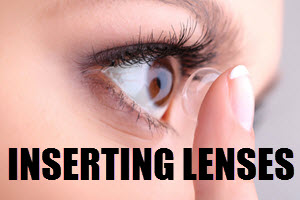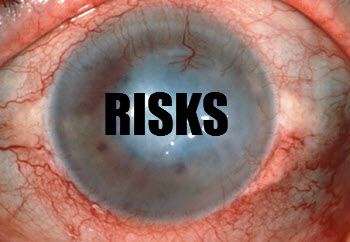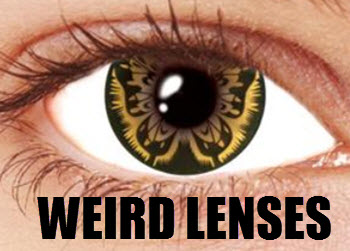The Growing Trend of Decorative Lenses
Decorative lenses, often referred to as cosmetic or fashion lenses, are seeing an upswing in popularity across the globe. These lenses offer individuals the chance to alter their eye color or appearance without needing any vision correction. While they serve as an exciting accessory for enhancing one’s aesthetic appeal, it is imperative to grasp their implications on eye health.
Understanding Decorative Lenses
Decorative lenses are available over the counter, sans a prescription, and are frequently used to complement costumes or achieve a striking look. They are sold under diverse names, including Halloween lenses, party lenses, and color-altering contact lenses. Despite their casual availability, these lenses are classified as medical devices in numerous countries, such as the US and the UK. As such, they should be handled with the same level of care as one would with prescription contact lenses.
Regulation and Safety Concerns
The rules and regulations governing these lenses vary significantly depending on the region. In several areas, the law prohibits selling decorative lenses without a valid prescription. This regulation exists because improper use of contact lenses can precipitate severe eye health concerns. To ensure safety, procuring these lenses from credible sources is advisable—ideally, through an FDA-approved supplier or by consulting a certified eye care professional.
Potential Risks
The misuse of decorative lenses can lead to an array of eye-related health complications. Some commonly encountered risks include:
Eye Infections: Decorative lenses can be a vector for bacterial infections. If these infections are left untreated, they could inflict considerable damage on the eyes.
Corneal Abrasions: Lenses that do not fit correctly can scratch the cornea, resulting in pain and discomfort.
Conjunctivitis: This condition, more commonly referred to as pink eye, can develop due to bacteria or viruses transferred via unclean lenses.
Vision Impairment: In extreme cases, mishandling decorative lenses can lead to irreversible vision loss.
Proper Use and Maintenance
Minimizing the risks associated with decorative lenses is plausible by adhering to specific guidelines.
Consultation with an eye care professional is highly recommended before starting to use decorative lenses. Proper fitting plays a crucial role in ensuring both comfort and safety. It is important to stick to the eye care provider’s guidelines regarding cleaning, storage, and wearing time limits. Sharing lenses with others is strongly discouraged.
Investing in lens care products endorsed by professionals can help maintain lens hygiene. It is also vital to ensure that hands are both clean and dry before handling lenses to preclude contamination.
Conclusion
Although decorative lenses present a fun and inventive approach to modify one’s appearance, prioritizing eye health remains paramount. Engaging an eye care professional’s guidance and strictly following the prescribed guidelines can substantially mitigate potential risks. By adopting these precautionary steps, individuals can safely enjoy the advantages of decorative lenses without compromising their eye health.
The increasing appeal of decorative lenses taps into the growing desire for personal expression through aesthetic alterations. However, this trend should not overshadow the responsibility that accompanies the use of such products. Recognizing the balance between style and safety ensures that users can sport decorative lenses with peace of mind.
As these lenses become more prevalent, it is crucial to cultivate awareness about their proper usage, potential risks, and the importance of regulatory compliances that aim to protect consumers. A responsible approach involves being informed about the risks and the maintenance practices that can prevent adverse effects.
Manufacturers and vendors also have a role to play in disseminating accurate information and ensuring their products meet safety standards. Clear labeling, comprehensive user instructions, and access to professional advice are essential components in promoting the safe enjoyment of decorative lenses.
Moreover, as the market for decorative lenses expands, it beckons a closer look from regulatory bodies to monitor compliance and enforce regulations that prevent unlicensed distribution. This oversight is integral in safeguarding public health, complementing the efforts of eye care professionals in promoting eye safety.
Ultimately, the intersection of fashion and health care in the realm of decorative lenses presents an opportunity for both users and providers to explore creative expression while upholding the standards of ocular health. As with any health-related product, informed choices and responsible use remain the bedrock of safe consumer experiences.
In summary, while decorative lenses offer a novel avenue for style enthusiasts to express individuality, it is incumbent upon users to ensure that their quest for cosmetic enhancement does not come at the cost of eye health. Through informed practices and a commitment to following professional advice, the vibrant world of decorative lenses can be navigated safely and responsibly.



 Cosmetic contact lenses
Cosmetic contact lenses